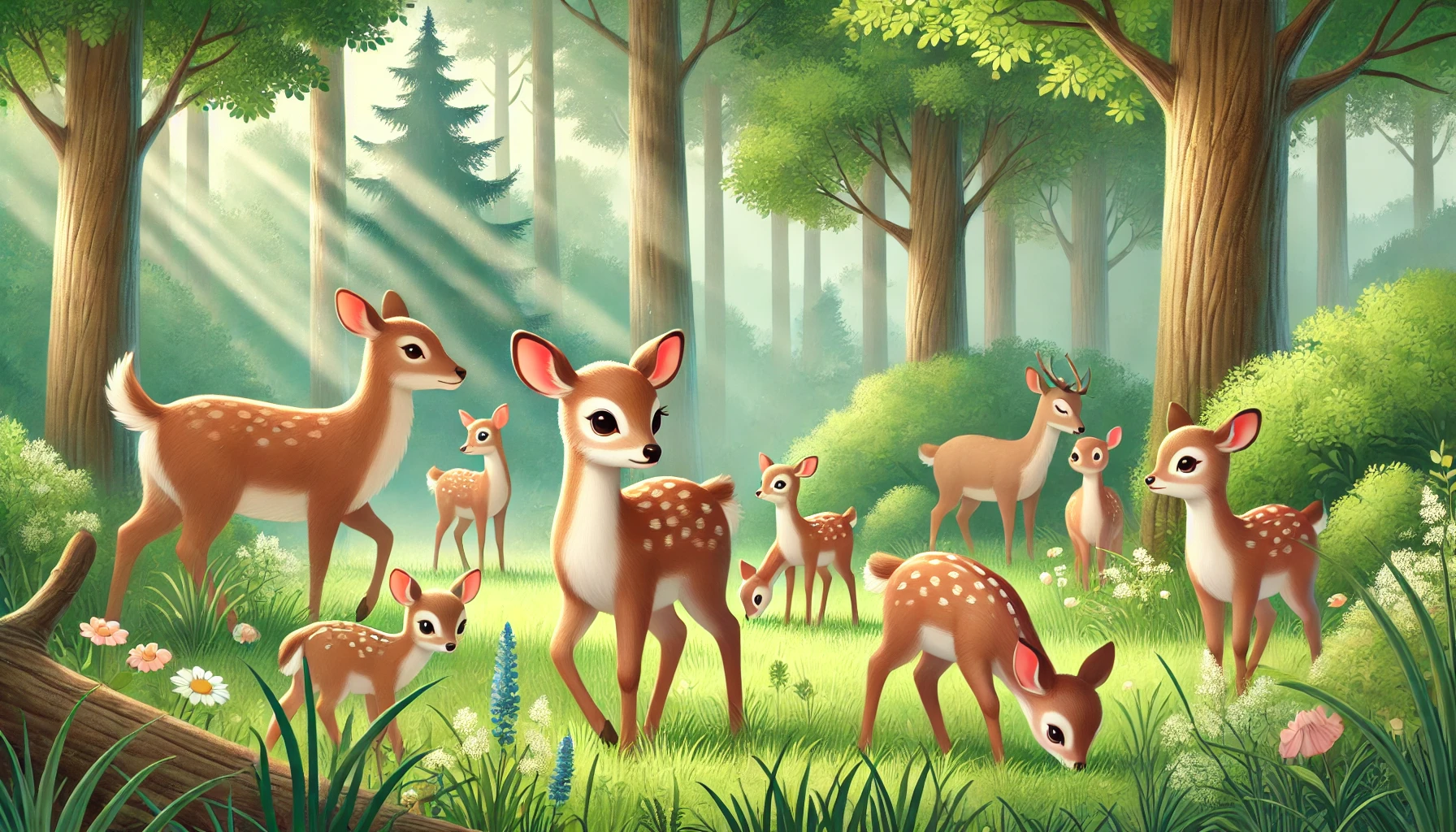Interesting Facts About Deer and Their Behavior
Interesting Facts About Deer and Their Behavior
Table of Contents:
- Introduction to Deer and Their Behavior
- The Different Species of Deer
- How Deer Communicate and Survive in the Wild
- The Role of Deer in Ecosystems
- How to Care for Deer in Wildlife Reserves
- Conclusion: Understanding the Importance of Deer
Interesting Facts About Deer and Their Behavior
Deer are graceful and agile animals found in forests, grasslands, and mountains across the globe. Known for their delicate beauty, deer have fascinating behaviors and play an important role in maintaining the health of ecosystems. In this article, we will explore interesting facts about deer, their behavior, and their significance in the wild.
1. The Different Species of Deer
There are over 90 species of deer worldwide, ranging from the tiny Pudu deer, which stands only 14 inches tall, to the majestic elk and moose. The most well-known species include the white-tailed deer, red deer, reindeer (also known as caribou), and mule deer. Each species is adapted to different environments, from the temperate forests of North America and Europe to the tundra of the Arctic, where reindeer live. Deer are recognized by their slender bodies, long legs, and antlers, which are grown and shed annually by males of most species.
2. How Deer Communicate and Survive in the Wild
Deer are social animals that rely on keen senses of sight, smell, and hearing to survive in the wild. They communicate with each other through body language, vocalizations, and scent marking. For example, a deer will raise its tail as a warning signal when it senses danger. Deer also make use of vocal calls, such as grunts or bleats, to communicate with their young or to signal alarm. In the mating season, male deer will often engage in sparring contests, using their antlers to establish dominance and win the attention of females.
To avoid predators, deer are fast runners and excellent jumpers, often leaping over obstacles and running in zigzag patterns to evade pursuit. They also have a unique adaptation called “freeze behavior,” where they remain perfectly still to avoid detection. Their diet consists primarily of leaves, grass, and twigs, making them herbivores that are well-suited to diverse environments.
3. The Role of Deer in Ecosystems
Deer play a crucial role in maintaining the balance of ecosystems. As herbivores, they help control plant growth, particularly in forests and grasslands, by grazing on vegetation. This prevents certain plants from becoming overgrown and allows for new growth, which supports other wildlife. However, when deer populations grow too large due to the absence of natural predators, they can overgraze an area, leading to habitat degradation. In balanced ecosystems, deer are vital for promoting plant diversity and providing food for predators such as wolves, bears, and large cats.
4. How to Care for Deer in Wildlife Reserves
Caring for deer in wildlife reserves involves providing a safe environment where they can thrive. Deer in reserves need access to ample food sources, such as natural grazing areas or supplementary feeding during harsh winters. Water availability is also crucial. Additionally, maintaining a balanced population of deer in reserves is important to prevent overgrazing, which can harm the ecosystem. This may involve monitoring the population and introducing natural predators or managing it through controlled relocation efforts. In wildlife reserves, deer are often studied to help conservationists understand how to protect and preserve their habitats.
5. Conclusion: Understanding the Importance of Deer
In conclusion, deer are remarkable animals that play an essential role in maintaining the balance of ecosystems. Their behavior, communication methods, and adaptability to different environments make them key players in the health of forests, grasslands, and mountains. By understanding more about deer and their needs, we can work toward conserving their habitats and ensuring that future generations can continue to enjoy the beauty and grace of these animals in the wild.

<ⓒ WizardMedics (wizardmedics.com)>






